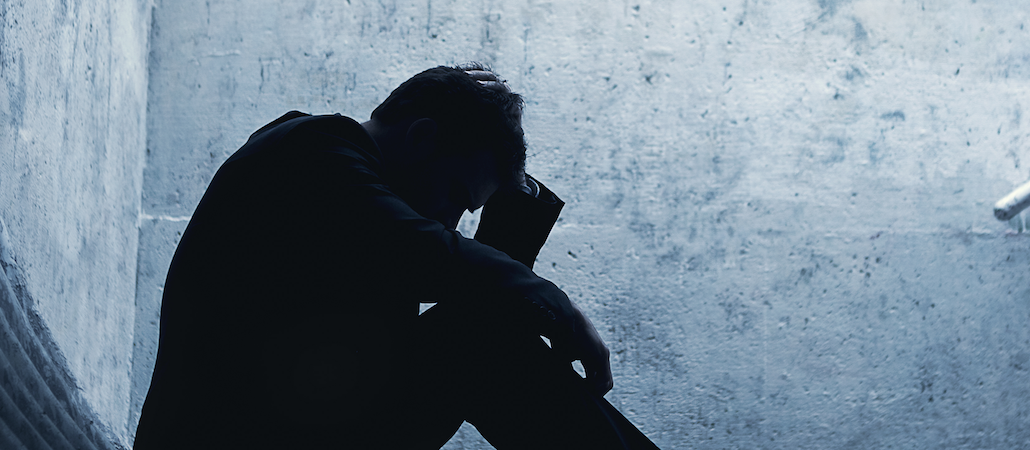Save 50% on a 3-month Digiday+ membership. Ends Dec 5.
Confessions of a Snapchat influencer: ‘What seems like overnight success usually wasn’t’

Influencers are slowly eking out larger slices of marketing budgets and commanding more attention in the digital space. But (there’s always a “but”) as Digiday reported last week, brand and agency executives are concerned that there’s no benchmark for prices, creating an influencer bubble that may soon burst.
The influencers themselves, however, are also worried. In this edition of Confessions, a Snapchat influencer who has worked with major brands tells us what it’s like to be on the other side of that relationship.
Are there too many influencers?
Well, first it’s important for everyone to know what an influencer is. It’s just people who provide consistent and entertaining content. And they’re an integral component for brands to connect with people they normally just cannot reach.
OK, but how did the sudden boom come about?
What seems like overnight success usually wasn’t. It takes years to build. Some people who take beautiful Instagram travel pictures probably were photographers for decades. This is just a new outlet for them. Someone who does YouTube probably has been a fashion trendsetter for years. What did take off is brand attention. Brands are now hopping onto platforms and seeing that they’re viable. And for Snapchat especially, there’s so many young eyes on there that it makes sense.
Do brands need influencers?
We’re the ones with the relationships. Just like people fell in love with Tom Cruise, they fall in love with influencers. If they say something, it matters. Followers listen to us. They may not listen to the brands.
What do brands get wrong?
They need to treat hiring influencers like hiring an employee. They should do an interview process, do research. Half the time, it’s word of mouth like “this person is good, so let’s hire him.” They also use the term influencer so loosely. Anyone with a large following is capable of promoting message, so being disappointed when that doesn’t work out doesn’t make sense.
What does work, then?
The best collaborations are when a brand reaches out early in the development space and doesn’t just send an outline and say “execute this.” For example, I’ve seen the most engagement when I get creative autonomy. There’s a responsibility for both parties. The brand needs to know what their goal is. And the influencer should provide them with a way to execute that goal. There should be deliverables in place. Or things that outline what the end product will look like. There are too many surprises because people aren’t communicating.
Ad position: web_incontent_pos1
Are influencers really being paid too much?
In some cases, yes. But in most cases, brands rarely recognize how much we’re putting on the table. We’re risking things too. We’re risking alienating our fans. And people don’t realize how much work there is. I work every single day, weekends. I have to keep people entertained. And we take on brand jobs because most of the time, we like the brand but also because it’s the only way of putting food on the table.
You’re a Snapchat-only influencer. What’s the hardest part of working with brands on Snapchat?
Snapchat is great. The limitations of it — you can’t edit, or rearrange — make it authentic. And my Snapchat is public, so I spend hours every day just responding to people. That means it’s a lot of work. Brands aren’t really getting how to measure this properly. For example, I think 20,000 likes on a pic is worth less than 20,000 views on a Snapchat story. It’s about finding and figuring out the difference. You need a research team devoted to figuring out engagement versus impressions. It’s hard work and research: I’ve been in rooms with brand executives where I have to do a Snapchat lesson first.
Do they come to you because they heard about you from their kids?
That is so crazy to me. This isn’t new. In traditional marketing, if your kid says she goes to a mall, would you put a poster up in that mall? No. So why here?
Will influencers disappear?
Influencers aren’t going anywhere. Brands will start to realize the difference between impressions and engagement. They’ll find influencers whose voice results in action, not just likes.
More in Marketing

Ulta, Best Buy and Adidas dominate AI holiday shopping mentions
The brands that are seeing the biggest boost from this shift in consumer behavior are some of the biggest retailers.

U.K. retailer Boots leads brand efforts to invest in ad creative’s data layer
For media dollars to make an impact, brands need ad creative that actually hits. More CMOs are investing in pre- and post-flight measurement.

‘AI is permeating everything we do’: How Guitar Center developed 2 AI tools this year
This summer, the company launched a chatbot called Rig Advisor to help customers find the right instruments and products.
Ad position: web_bfu
